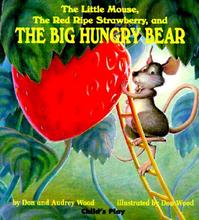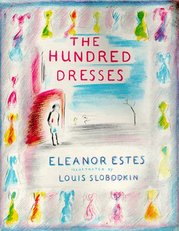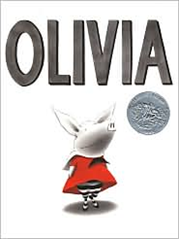A friend from Andalucia shared this information about the holiday of Las Cruces. In the various plazas of cities, decorated crosses from different groups are on display. At the base of the crosses is an apple with scissors.
What's the meaning of the apple and scissors?
The apple and scissors idea is based on the fact that many people would walk around praising other people’s crosses, but then follow up their praise with a “…. but it is missing this” or “…. but mine is better.” The way to say “but” in Spanish is “pero.” In Andalucía, “pero” is also another way to say apple (in addition to “manzana”). The reason that the scissors are put into the apple is the “cortar los peros,” or “to cut the buts,” meaning that it is a reminder not to append the praise of the cross with some kind of comparison or the mentioning of a flaw.
Share your cultural or linguistic discoveries with us!






 RSS Feed
RSS Feed